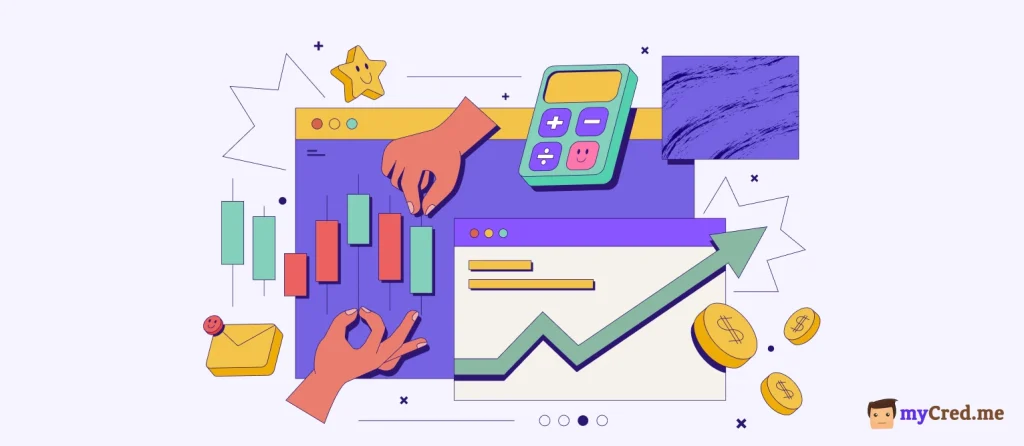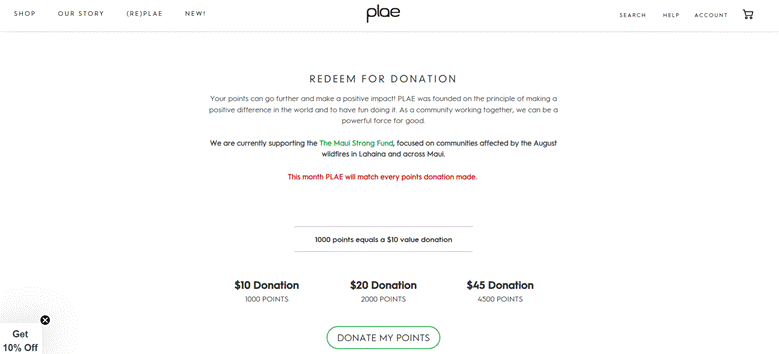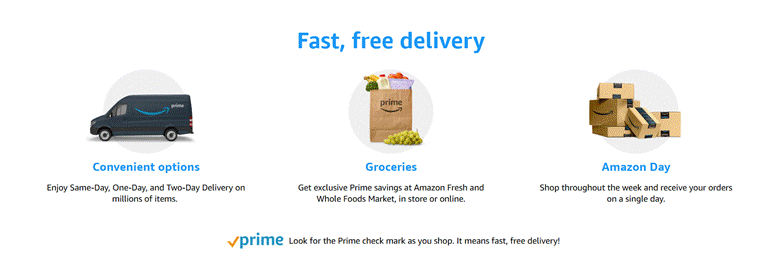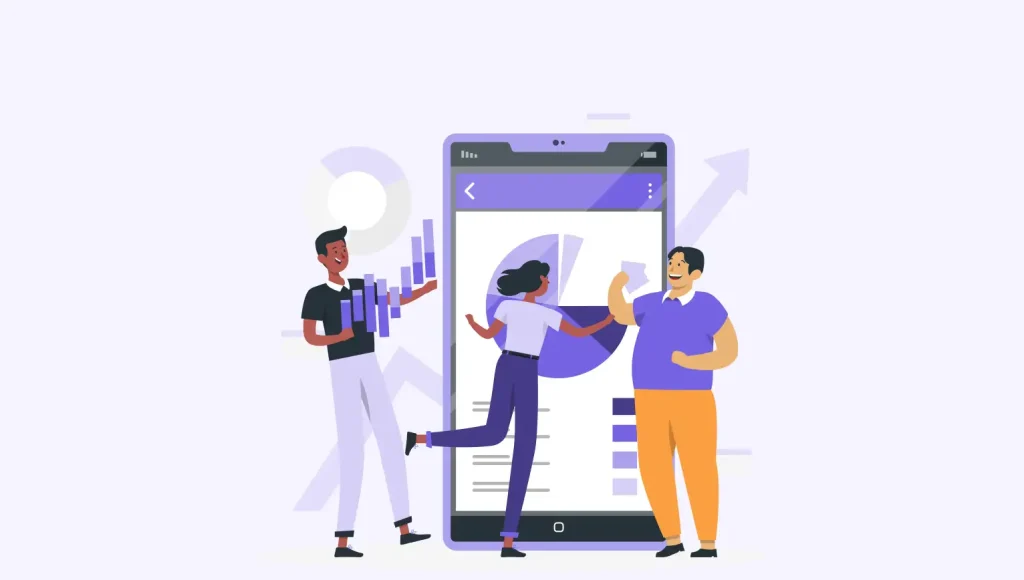
Volatility, soaring inflation, uprising interest rates, and geopolitical uncertainties are taking hold of the current macroeconomic scenario. Businesses face amplified challenges, especially in online retail, where surging demand intensifies competition, making customer retention increasingly complex. With shifting consumer expectations and heightened market rivalry, loyalty program trends are evolving faster than ever.
However, many brands still rely on outdated loyalty program strategies. Keeping pace with key loyalty program trends allows businesses to implement proactive retention strategies.
This blog will discuss the most innovative developments in customer loyalty programs in 2025.
4 Top Loyalty Program Trends to Get Inspired in 2025
Building strong customer loyalty is not just important—it’s also a cost-effective strategy for any business. Loyalty programs are key to customer retention, which is significantly more affordable than acquiring new customers.
Retaining customers leads to sustained revenue growth as they continue making purchases. Businesses can improve customer engagement and curate lasting relationships by implementing loyalty program trends.
However, it’s essential to understand that not all programs are equally effective, and customer preferences constantly evolve. Likewise, trends in loyalty programs are always shifting.
Here are four emerging loyalty program trends to enhance your strategy:
Partnerships for Loyalty Programs Trends
Loyalty program partnerships resemble a scene from a James Franco film—”same-same, but different.” While they might appear alike at first glance, each collaboration carries its distinct essence. Though not a new concept, these partnerships remain impactful and highly relevant.
We’ve already emphasized the significance of fostering customer loyalty. Partnering in loyalty programs provides brands with fresh opportunities to deepen these relationships. By collaborating, businesses can develop a unique loyalty initiative that enhances the experience for both customer bases. This strategy not only increases brand visibility but also broadens market reach. Additionally, well-planned loyalty partnerships inject an element of novelty and engagement, making these programs even more enticing.
One of the most notable examples of a customer loyalty program is Starbucks Rewards. The Starbucks app has set a high standard, blending personalization and gamification to exceed customer expectations. Its seamless user experience, exclusive events, and enticing rewards keep customers engaged and loyal.
In the fall of 2022, Starbucks and Delta joined a loyalty partnership, allowing Delta SkyMiles and Starbucks rewards to link their accounts. This integration enabled customers to earn one mile for every dollar spent at Starbucks. On days when they flew with Delta, they could collect double Stars.

The collaboration proved highly successful, amassing 1,000,000 linked accounts in just 1s. With Starbucks locations in nearly every airport, the partnership was a natural fit, enhancing customer engagement for both brands.
The key challenge in loyalty partnerships lies in selecting the right collaborator. The partner’s offering should resonate with your audience and generate enthusiasm. When done right, it significantly enhances the value of a loyalty program.
For a partnership to work seamlessly, the businesses involved should complement each other without competing directly.
Loyalty program partnerships aren’t just for large-scale companies; small businesses can benefit, too. A local café might collaborate with a bookstore, or a gym fitness studio could partner with a spa and wellness center to offer mutual value.
To simplify appointment scheduling in such collaborations, especially for fitness-related businesses, consider using a fitness booking plugin. It helps streamline bookings while enhancing the overall loyalty experience
Gamification

It’s no surprise that games are enjoyable. You can tap into customers’ competitive nature and behavior by inculcating the same excitement into your loyalty program. Gamification strategy goes beyond simple transactions, creating a more profound connection with your audience.
When customers achieve set goals, they experience a sense of accomplishment. This positive reinforcement motivates them to aim higher, boosting engagement and fostering long-term loyalty.
Moreover, gaming culture is deeply ingrained in younger generations. 81% of Gen Z and 77% of Millennials actively play video games. This digital experience aligns with their preferences, making gamification a powerful tool for brands looking to enhance their loyalty programs.
With this growing loyalty program trend, now is the perfect time to include game-like mechanics into your rewards system.
Take Fitbit as gamification example, a leading brand in the fitness wearables market. Their product lineup includes smartwatches, activity trackers, and accessories, all designed to promote a healthier lifestyle.

Fitbit is transforming fitness into an engaging and competitive journey. The program incentivizes users to stay active by offering rewards for tracking their health and reaching personal goals.
Customers earn points for
- Every step taken
- Every minute of activity
- Every milestone achieved
These points can then be redeemed for discounts, exclusive products, or other perks. Also, users gain access to tailored health insights and can compete with friends or other Fitbit users.
Digital badges are awarded for reaching key milestones, such as covering a set number of miles.
What makes Fitbit’s gamified loyalty program particularly appealing?
- Ease Of Use
- Clear Structure
- Rewarding Incentives
Beyond that, it delivers value by encouraging healthier habits, making it a win-win for customers.
Sustainable Loyalty Program Trends
The growing impact of climate change is becoming more apparent, making the scenarios portrayed in films like The Day After Tomorrow feel increasingly relevant. While this movie is fictional, it exaggerates certain realities tied to climate change, shedding light on issues that demand attention.
Climate change significantly influences our well-being, the environment, and the economy. As this issue intensifies, it has sparked crucial discussions across various industries. One emerging topic within this space is the rise of green loyalty programs.
Traditionally, loyalty programs weren’t associated with ESG (Environmental, Social, and Governance) initiatives. However, this trend is shifting. Consumers now prioritize sustainability when deciding where to shop and what products to buy.
Research conducted by Visual GPS, in partnership with YouGov, reveals that 81% of consumers expect companies to adopt eco-friendly messaging and marketing strategies. Additionally, 69% of respondents stated they consciously minimize their carbon footprint.
Green loyalty programs are designed to encourage and reward sustainable consumer behavior, aligning purchasing decisions with environmentally responsible goals. As the consequences of climate change continue to unfold, adopting forward-thinking solutions like these programs becomes essential in our collective mission to protect the planet and boost sustainability.
PLAE, a footwear brand dedicated to sustainability, creates shoes for children and adults. Their designs are eco-friendly, breathable, and washable. The company’s loyalty program offers conventional rewards and allows customers to give back to a charitable cause.

Currently, PLAE is contributing to the Maui Strong Fund, which assists communities impacted by the August wildfires in Lahaina and across Maui.
Customers who accumulate 1,000 points can donate $10 to help those affected by the disaster.
Premium Loyalty Reward Programs
A premium loyalty program requires customers to pay for exclusive membership access. Unlike conventional loyalty programs, which are typically free, premium loyalty programs provide enhanced perks and special benefits in return for a subscription fee.
One key advantage is that customers can instantly access these benefits without accumulating many points. Research indicates that 45% of consumers feel that traditional loyalty programs take too long to deliver rewards.
These programs create a sense of exclusivity and foster a tight-knit community among loyal customers. Also, they generate a steady stream of revenue from returning customers.
For businesses aiming to boost revenue and strengthen customer relationships, premium loyalty programs offer a strategic advantage. Just grant members exclusive privileges like
- Special discounts
- Early access to products
- Personalized services
These will help companies encourage long-term commitment. The subscription fees offer financial stability while increased engagement can yield higher spending and brand advocacy.
Ultimately, premium loyalty programs help businesses differentiate themselves, strengthen customer retention, and drive consistent revenue growth.
Amazon Prime is a prime example of a thriving premium loyalty program crucial to the company’s expansion. Initially centered around free shipping, the membership has evolved to cover streaming, shopping, reading, and other perks.

By 2023, Amazon Prime has experienced remarkable growth, particularly in the U.S., where membership has surged to approximately 167.2 million—representing a 14.44% rise from 146.1 million in 2020. This upward trend extends globally, with the platform now boasting an impressive 220 million subscribers worldwide.
In 2022 alone, Amazon’s Prime membership program generated a staggering $35.22 billion in revenue.
Amazon Prime is a prime example of one of the premium loyalty program trends by offering a compelling mix of valuable benefits and exclusive deals to enhance the overall customer experience. The convenience and perks encourage members to stay engaged and subscribe to Amazon’s services.
Experiential Rewards
In 2025, experiential rewards are redefining loyalty program trends by moving beyond transactional benefits like discounts and cashback. These rewards focus on offering customers unique, memorable experiences that improve emotional connections with brands.
Unlike traditional rewards, experiential benefits create stories worth sharing and leave a lasting impression. They offer:
- Emotional Connections: Experiences like VIP access to events, behind-the-scenes tours, or exclusive workshops evoke positive emotions that strengthen customer loyalty. For example, Marriott Bonvoy Moments allows members to redeem points for high-end experiences like private concerts or luxury dining, creating aspirational value.
- Social Sharing: Customers often share their unique experiences on social media, generating organic word-of-mouth marketing for brands. This enhances brand visibility and attracts new customers seeking similar perks.
- Differentiation: In a competitive market, experiential rewards help brands stand out by offering something more meaningful than monetary discounts. Outdoor retailer REI hosts adventure trips and workshops for its members, fostering a strong sense of community and loyalty.
By aligning rewards with customer interests and values, experiential loyalty programs build deeper relationships that turn customers into passionate advocates.
Hyper-Personalization

Hyper-personalization revolutionizes loyalty program trends by exploiting advanced analytics and real-time data to create individually tailored experiences. This loyalty trend ensures customers feel valued and understood, increasing engagement and retention rates.
- Real-Time Insights: Brands use data from purchase history, browsing behavior, and even social media interactions to deliver relevant rewards and offers in real time. For instance, Starbucks Rewards personalizes drink recommendations based on previous orders, encouraging repeat visits.
- Tailored Rewards: Personalized offers—such as discounts on frequently purchased items or early access to new products—make customers feel special. Sephora’s Beauty Insider program tracks customer preferences to recommend products that align with their beauty needs.
- Improved Customer Experience: Hyper-personalized programs help increase overall satisfaction by addressing individual needs and preferences. NikePlus uses workout data to provide curated training plans and product suggestions tailored to members’ fitness companies and can maximize customer lifetime value byls.
Wrap Up
As loyalty programs continue to transform, businesses must keep pace with emerging trends to stay ahead. Strategic collaborations, gamification elements, eco-conscious rewards, and exclusive membership models shape the current loyalty landscape. Embracing these innovations helps companies strengthen customer bonds and foster long-term brand allegiance. To thrive in an ever-evolving market and to meet shifting consumer demands, businesses must be agile and forward-thinking. Ultimately, the future success of loyalty initiatives depends on their ability to remain compelling, relevant, and aligned with customers’ values and expectations.



